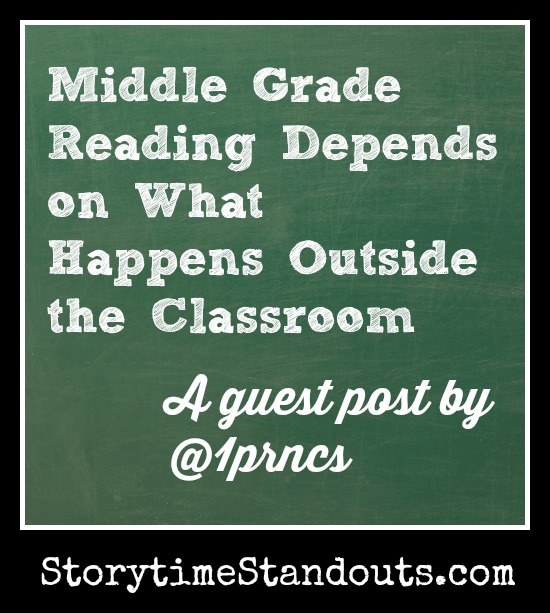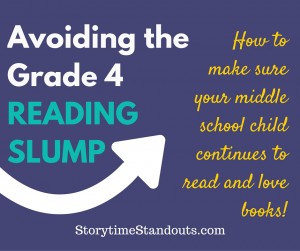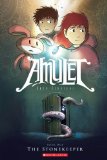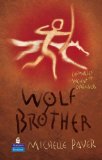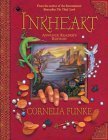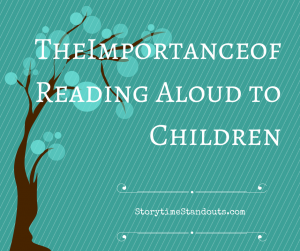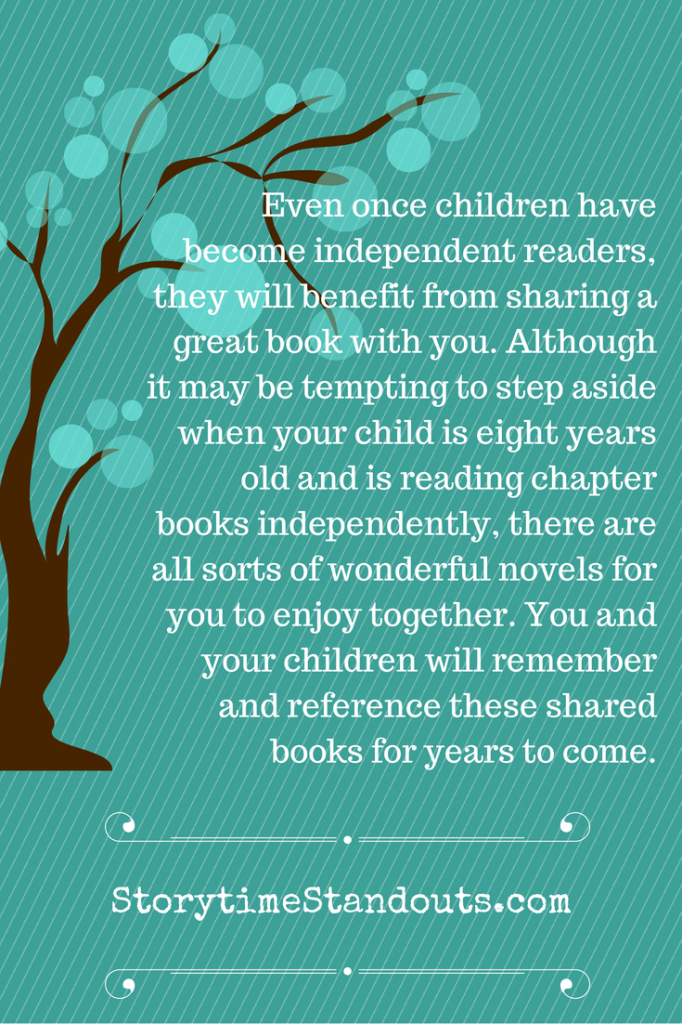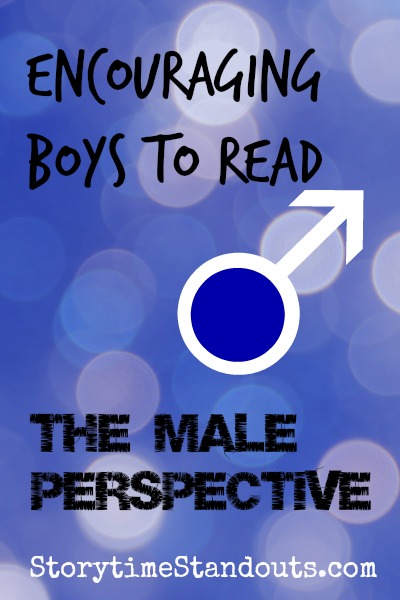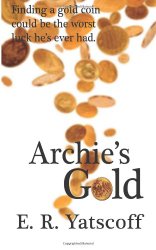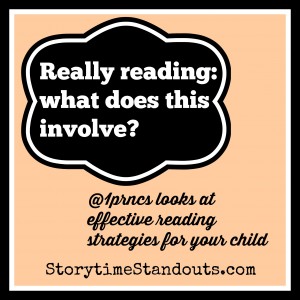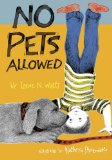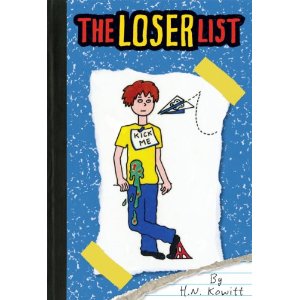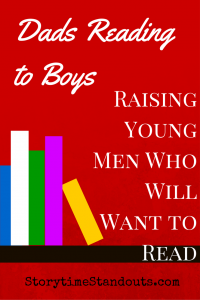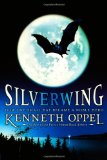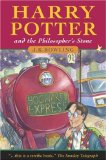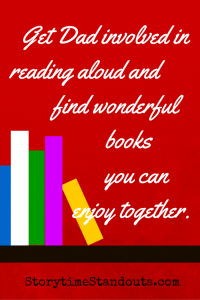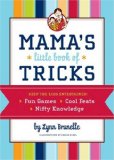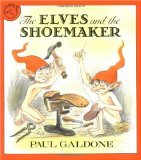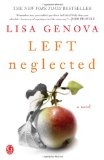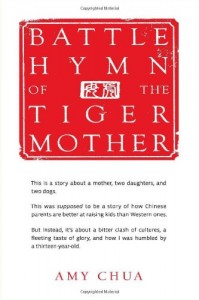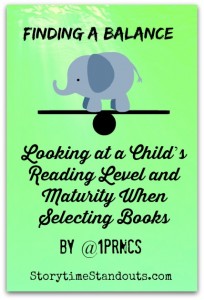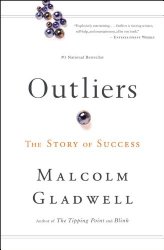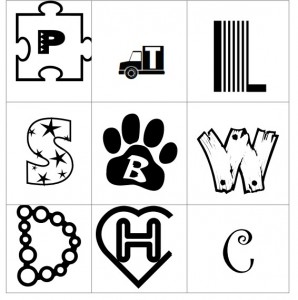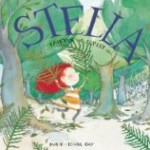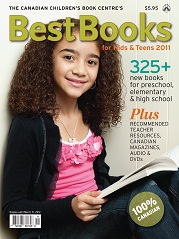Welcome to Getting Ready to Read and Beginning to Read at Steveston Community Centre, Fall 2011
I am delighted to have your children in my programs.
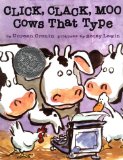 In Getting Ready to Read (Tuesday at 4 p.m.), we began by talking about letter F, our theme was Down on the Farm.
In Getting Ready to Read (Tuesday at 4 p.m.), we began by talking about letter F, our theme was Down on the Farm.
The children knew some words that begin with the /f/ sound. I had some items for them to guess: frog, fire truck, flag, fish, fire
We enjoyed one of my favourite picture books – Click, Clack, Moo Cows that Type by Doreen Cronin and Betsy Lewin
I chose Click, Clack, Moo Cows That Type because it is a fun story that does a great job of introducing print awareness. The story draws the reader’s attention to letters and words and one way of conveying messages. As well, Farmer Brown’s body language is great to watch. The illustrations in the story encourage children to “read between the lines.”
If your child would like to do some homework for our next session, please have him/her bring pictures of things that begin with letter F. He/she can draw the pictures or cut them out of an old magazine.
Please note, if your child enjoyed this story, Doreen Cronin and Betsy Lewin have teamed up for more wonderful books about Farmer Brown and his animals. Look for Click, Clack, Moo Cows That Type and other great books at the library.
Click, Clack, Moo: Cows That Type at Amazon.com
Click Clack Moo: Cows That Type at Amazon.ca
Beginning to Read (Thursday at 4 p.m.), we began by talking about vowels (A,E,I,O,U,Y) and the ug word family, our theme was Down on the Farm.
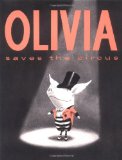
The “ug” word family –
 The "Ug" Word Family
The "Ug" Word Family
Free -ug word family printable for young readers in kindergarten and grade one.
We also talked about rhyming words and played with the following rhymes:
name/game, red/head, yellow/fellow, blue/you, good/could, day/say, park/dark, brown/clown
Learning about rhyming is an important prereading skill. You may be interested to visit my page about phonemic awareness. If your child is interested to do homework over the course of the program, I would love to have him/her draw or find pictures of rhyming words.
This week’s story was Olivia Saves the Circus by Ian Falconer. Many of the children were familiar with Olivia’s show on television
Olivia has her own website, with lots of fun activities for youngsters.
Olivia Saves the Circus at Amazon.com
Olivia Saves the Circus at Amazon.ca


